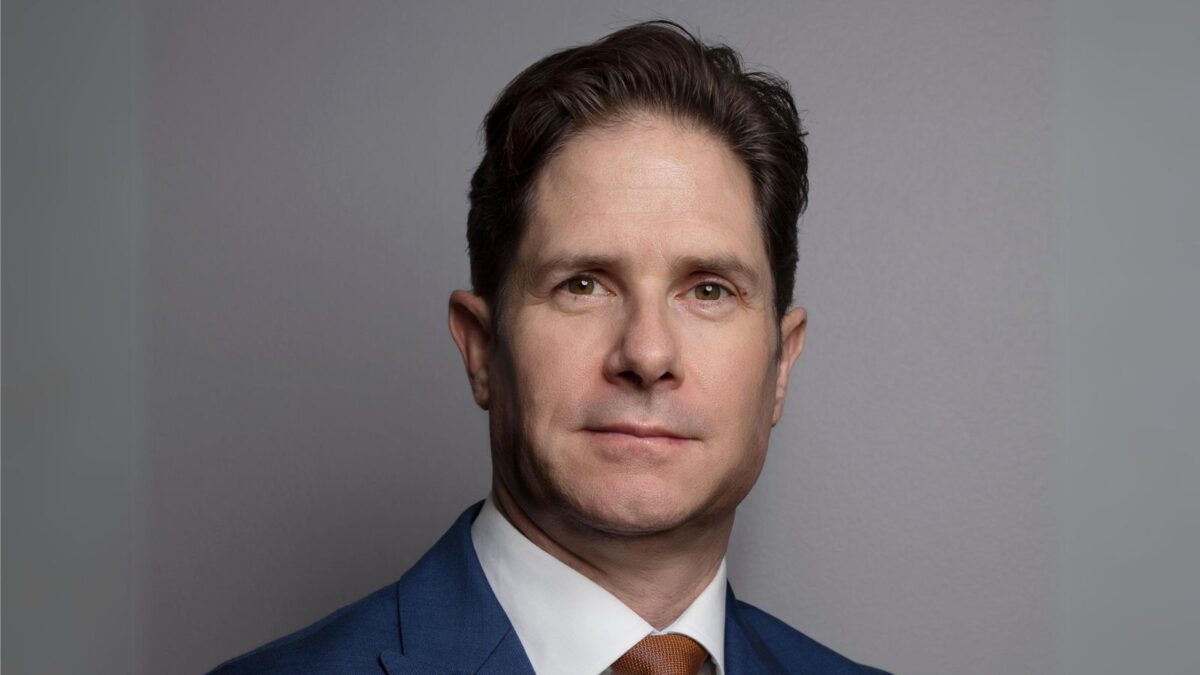Active v passive debate more relevant than ever
As global share market volatility becomes the norm, active fund managers argue their expertise is needed to help protect against losses and deliver robust investment returns as the times get tougher and asset price growth weakens or disappears. But the numbers suggest that active managers don’t deliver over the long run.
While recent years have presented some challenges, active management tends to outperform in environment where the financial risks are high, according to Crestone Wealth Management senior portfolio strategist Stan Shamu. But he also sees a role for passive funds.
“We have always advocated active management for downside protection and generating returns over benchmarks (alpha) over a cycle. The current stress on businesses, their operating models and balance sheets means there will be a number of pitfalls to avoid. Active management is prudent to help manage these potential pitfalls,” says Shamu.
“Having said that, passive strategies can play a role in portfolios, particularly when utilised as a low-cost solution in more predictable parts of an asset class. In practice, this means potentially utilising an exchange traded fund in equities to gain benchmark-aware exposure to large caps. This would then be complemented by active management in less predictable parts of the market.”
Asset picking needed in challenging times
AXA Investment Management’s chief investment officer for core investments, Chris Iggo, says the global economic outlook is being shaped by a challenging combination of the Covid-19 pandemic, ongoing supply chain problem, war in Europe and a need to shift to renewable energy away from fossil fuels.
“Market beta is challenged by the worsening fundamental picture, so positive returns need to come from alpha, or the active management of risk through trading and hedging,” he says.
That argument is backed by other active managers. Ian Macoun, Managing Director, Pinnacle Investment Management, adds that in an environment of rising inflation and possibly slowing economic activity, weaker companies will find it tough going.
“So, you have this dynamic emerge where investors begin to question what is actually the expensive investment option – the cheap index funds where you have algorithms indiscriminately buying the largest stocks with no regard for capital preservation, or the team of active stock pickers who work to construct portfolios that can grow and protect their clients’ capital?
“Over the years we have seen the wheat sorted from the chaff in these sorts of environments,” Macoun says.
Long term numbers show active managers don’t outperform
Yet according to Ben Johnson, director of global exchange-traded fund research for Morningstar, few actively managed funds have ever shown that they are able to reliably deliver for investors in volatile markets —whatever it was through the bursting of the technology bubble, the global financial crisis or the COVID crisis and an historic bout of inflation.
“So, I’d suggest investors take these arguments with a grain of salt. The best approach, irrespective of the market environment, is often to stick to your plan. I can count with no hands the number of investors who made it big by getting market timing calls right more than once,” says Johnson.
That claim is backed by an independent report, the , SPIVA® Australia Scorecard for 2021. In 2021, more than one-half of the funds in the Australian Equity General and Australian equity mid- and small-cap categories beat their respective benchmarks, though the majority of funds in the international equity general, Australian bonds and Australian A-REIT categories recorded smaller returns than their respective benchmarks.
But over the 5-, 10- and 15-year periods, the majority of active funds underperformed their respective benchmark indices across categories, highlighting the long-term trend of underperformance by active managers. “We have consistently observed underperformance for the majority of Australian active funds in most categories over the longer periods,” write S&P Dow Jones’ Priscilla Luk and Tim Wang in the SPIVA® Australia Scorecard for 2021 report.











